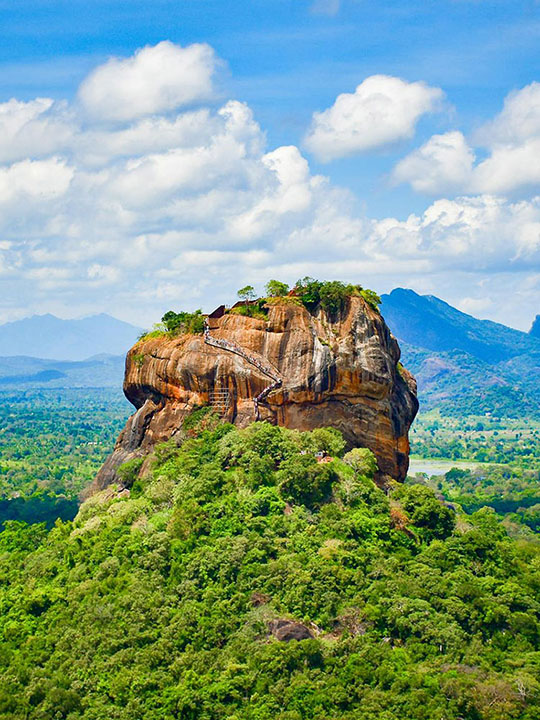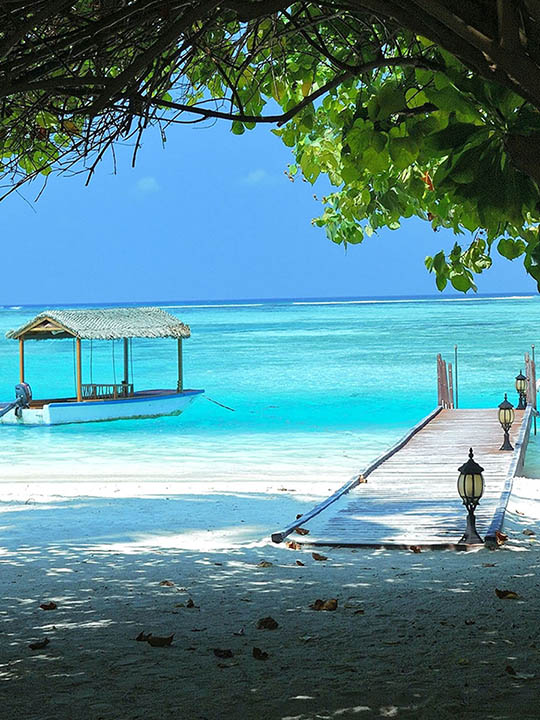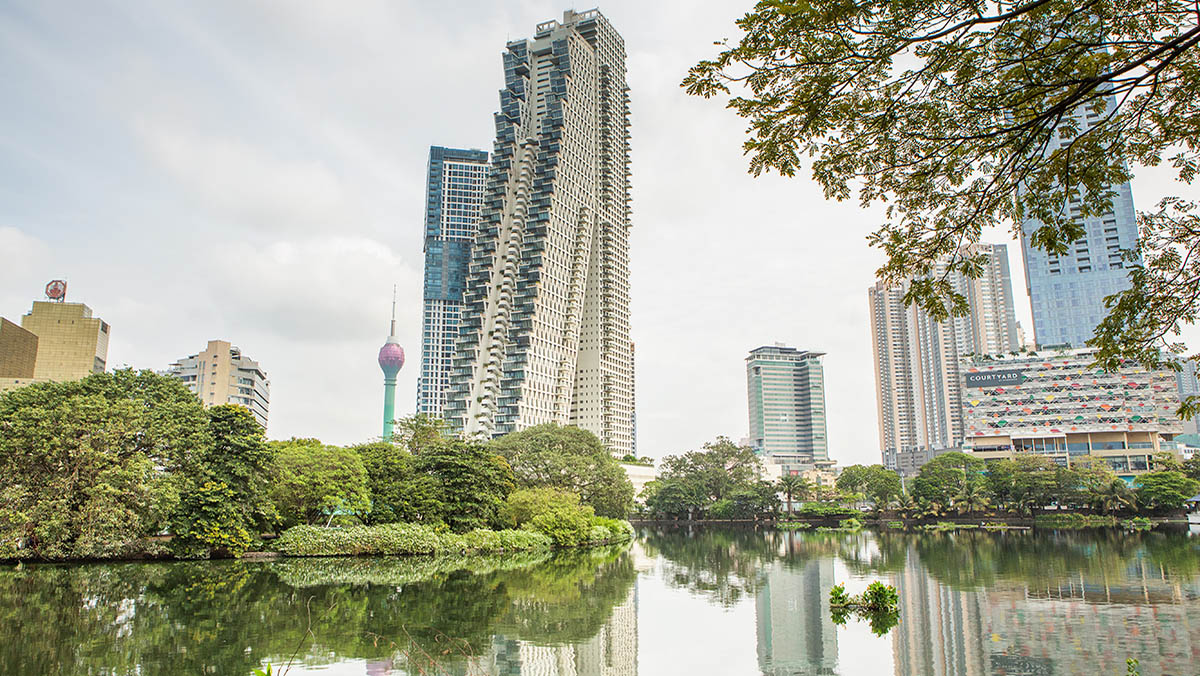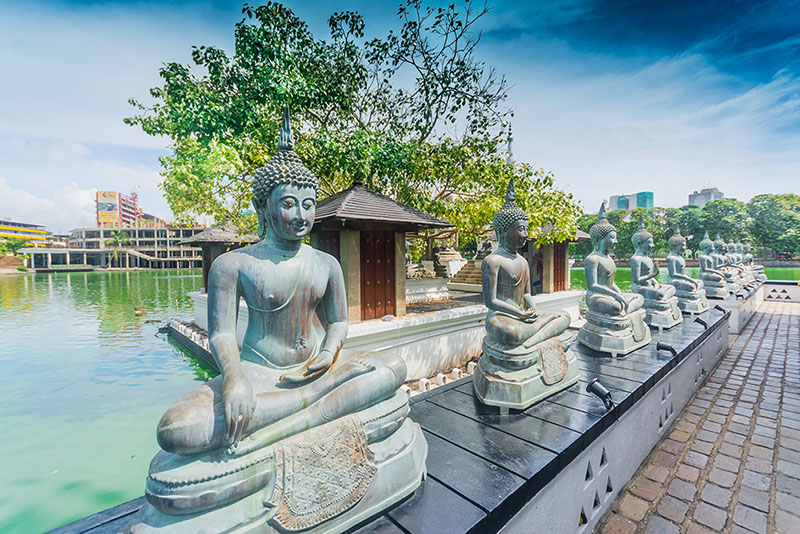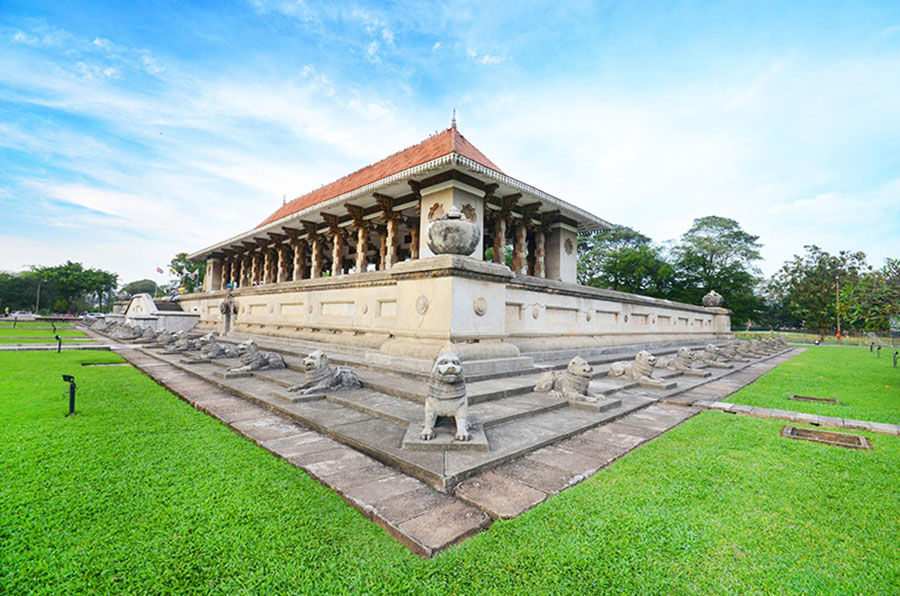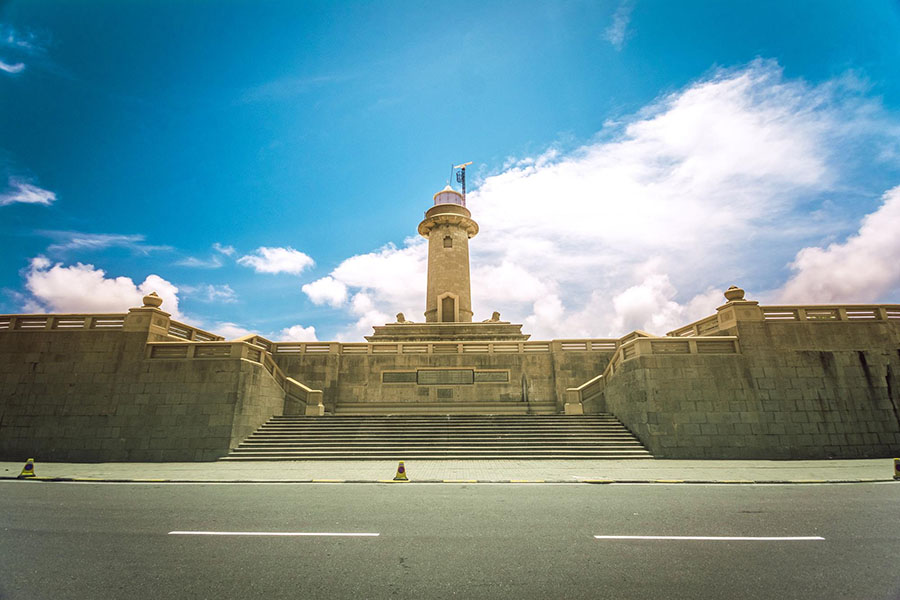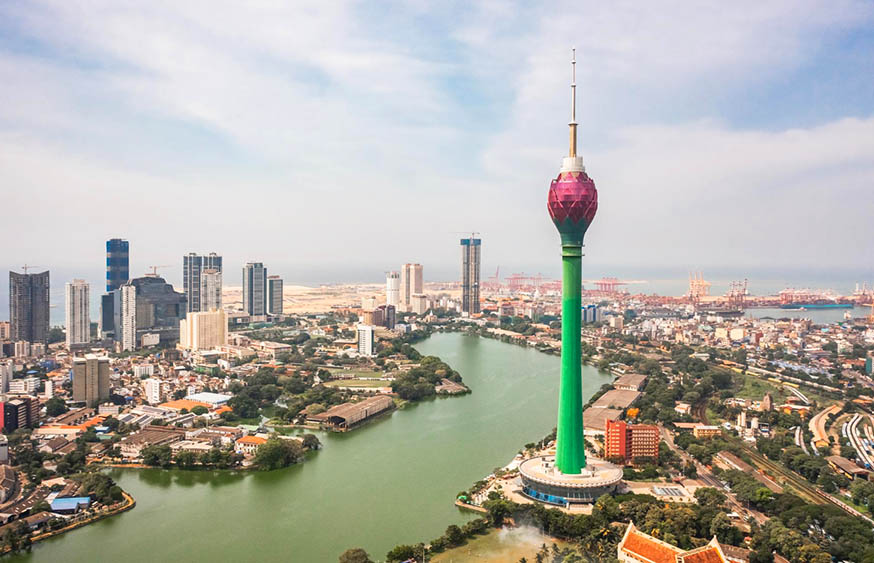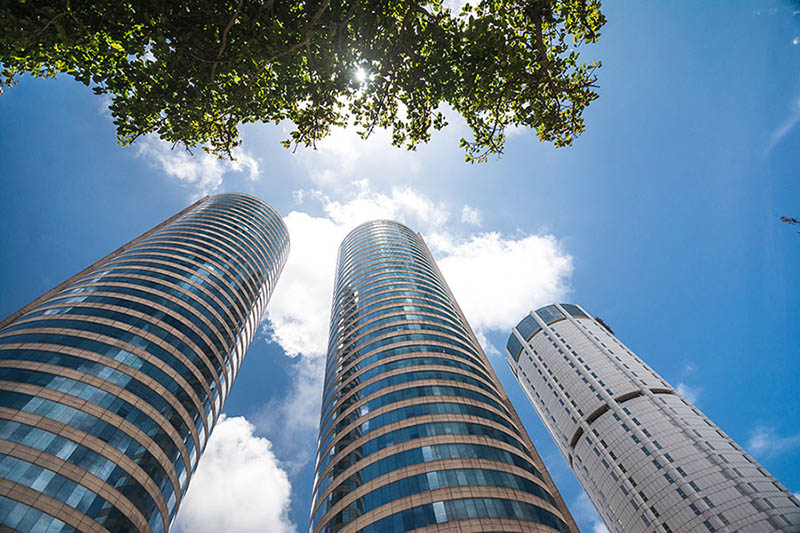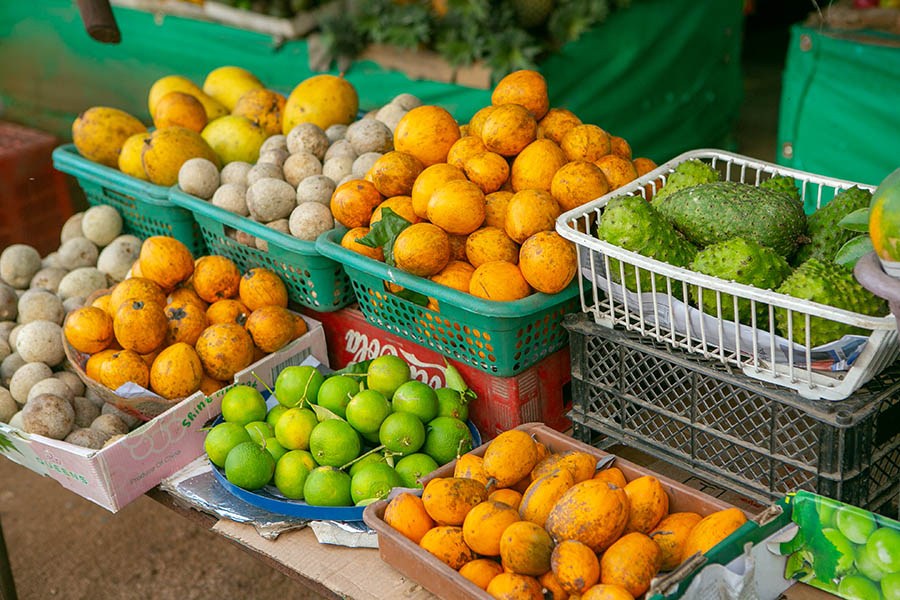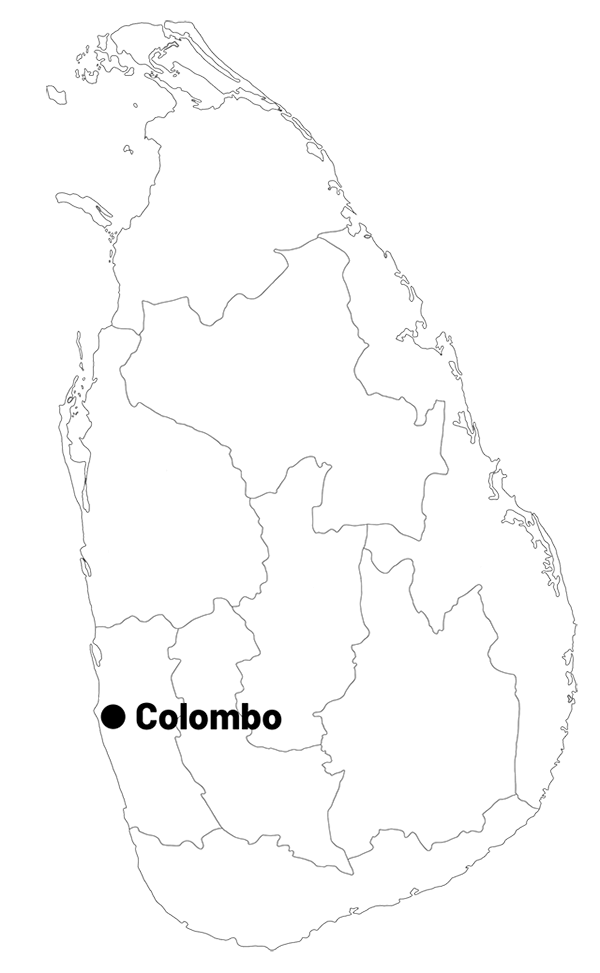Colombo Calling: First Steps in Sri Lanka’s Seaside Capital

First Encounters: Where the Island Meets the World
My first glimpse of Colombo came through the plane window with sunlight shimmering as the coastline unfolded like a silk ribbon. As the plane descended, the city's sprawl emerged, a patchwork of terracotta roofs, glass towers, and flashes of green. For many visitors, Colombo is a starting point, an entryway to the island’s ancient wonders and serene hills. But spend a few days here, and you'll find a city pulsing with charisma, poised between its colonial past and cosmopolitan present.
The air was by the sea as I stepped out of Bandaranaike International Airport. Colombo greeted me with its characteristic blend of energy and ease: tuk-tuks zipping past flower-filled shrines, office workers mingling with street vendors, and the aroma of spices and fresh bread wafting throughout the air.
A Walk Beyond Time
Colombo is not a city of towering landmarks or grand boulevards, but of quiet layers and contrasts. One moment, you're sipping iced coffee in a sleek café, and the next, you're standing beneath the arched colonnades of a colonial-era building.
My first stop was the Colombo National Museum, housed in a striking white structure built in 1877. Its quiet halls held centuries of stories—royal regalia from the Kandyan kings, ancient statues from Anuradhapura, and intricate demon masks used in village rituals. More than a collection; it’s a diverse thread connecting Sri Lanka’s complex tapestry of influences be it Buddhist, Hindu, Portuguese, Dutch, or British.
From there, I wandered into Viharamaradevi Park, the city’s oldest green space, where couples picnicked under banyan trees and schoolchildren played cricket on sun-drenched lawns. Facing the park is the Town Hall, an unmistakably colonial building reminiscent of the White House, a reminder of a different time and governance.
Seaside Song and Golden Glow
No visit to Colombo is complete without an evening stroll along Galle Face Green. Stretching beside the ocean, this wide area is where the city comes to breathe. Families gather with kites, lovers walk hand-in-hand, and food vendors serve up crispy isso wade (prawn fritters) and spiced mango slices. I sat with a paper cone of fried chickpeas, watching the sun slip below the horizon, dyeing the sky in shades of saffron and rose.
As the ocean breeze picked up, so did the rhythm of the city. The colonial charm of Fort, once the administrative heart of British Ceylon, gives way to a vibrant and vivid night scene: rooftop bars, live music venues, and seafood spots buzzing with both locals and tourists.
Sacred Spaces and Living Culture
The next morning, I made my way to Gangaramaya Temple, a unique blend of old and new. Part museum, part place of worship with a mix of relics, Buddha statues, and vintage curiosities that reflects Colombo itself. Truly, a city unafraid to challenge the traditional and the modern. The temple sits near Beira Lake where you’d find swan-shaped paddle boats gliding across serene waters and an offshoot known as Seema Malaka, a floating meditation hall designed by Geoffrey Bawa.
That afternoon, I ventured to Pettah Market, a maze of stalls where the city’s busy heart is most evident. Ever so chaotic and colourful with saris in every hue imaginable, crates of tropical fruit, and the occasional unexpected delight: a vintage radio shop, an alley devoted to Ayurvedic herbs, a man selling secondhand books in multiple languages. Before I knew it, I found my arms full, a shopping spree well done.
A City with Soul
Colombo is not always love at first sight. It’s loud, at times disjointed, and constantly reinventing itself. But if you pause, lean in, and listen, it dances itself in layers. I spoke with a young architect in a bookshop café who described Colombo as “a city learning how to be itself again” embracing its heritage while grasping for something new.
On my final day, I visited the Independence Memorial Hall, a stately monument to Sri Lanka’s hard-won freedom. Children played on its marble steps while couples posed for wedding photos in the golden morning rays. It was a fitting place to reflect on the journey, both mine and the city’s.
A Departure, Not a Goodbye
As my taxi sped toward the airport, past lotus ponds, street murals, and yet another gleaming new tower under construction, I realised Colombo had left its footprint. Not in sweeping vistas or dramatic ruins, but in its textures: the rustle of palm fronds over red-tiled roofs, the scent of cardamom and incense, the slow smile of a tuk-tuk driver weaving through rush hour traffic.
It is a city of passage, yes but also of great presence. Colombo is both a welcome and a whisper of what’s still to come.
